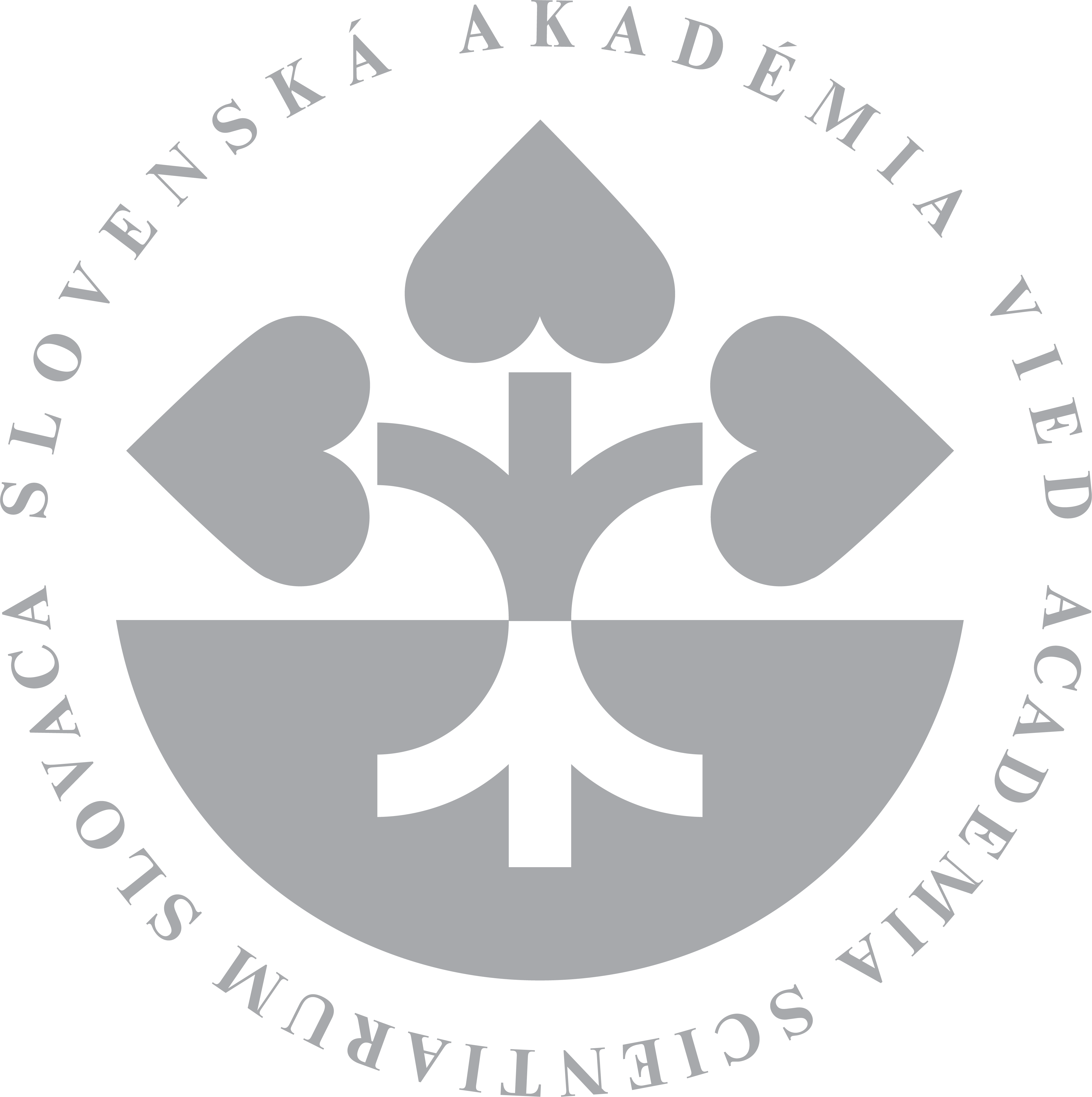Basic researchSpatio-temporal control of asymmetric septum positioning during sporulation in Bacillus subtilisAuthors: I. Barák, K. Muchová, E. Kalocsaiová, Z. Chromiková, S. Žarnovičanová
 Projects:
Projects:VEGA 2/0001/21
APVV-22-0303
Publications:MUCHOVÁ, Katarína - POSPÍŠIL, J. - KALOCSAIOVÁ, Evelína - CHROMÍKOVÁ, Zuzana - ŽARNOVIČANOVÁ, Silvia - ŠANDEROVÁ, H. - KRÁSNY, L. - BARÁK, Imrich**. Spatio-temporal control of asymmetric septum positioning during sporulation in Bacillus subtilis. In Journal of Biological Chemistry, 2024, vol. 300, iss. 6, art. no. 107339. (2023: 4 - IF, Q2 - JCR, 1.766 - SJR, Q1 - SJR). ISSN 0021-9258. https://doi.org/10.1016/j.jbc.2024.107339
Basic researchPolyphosphate and tyrosine phosphorylation in the N-terminal domain of the human mitochondrial Lon protease disrupts its functionsAuthors: N. Kunová, G. Ondrovičová, J.A. Bauer, B. Stojkovičová, H. Havalová, L. Martináková, E. Kutejová, V. Pevala
 Projects:
Projects:VEGA 2/0069/23
APVV-15-0375
APVV-19-0298
ITMS: 305011X666 - Interreg V-A Slovakia-Austria
Publications:KUNOVÁ, Nina - ONDROVIČOVÁ, Gabriela - BAUER, Jacob - KRAJČOVIČOVÁ, Veronika - PINKAS, Matyáš - STOJKOVIČOVÁ, Barbora - HAVALOVÁ, Henrieta - LUKÁČOVÁ, Veronika - KOHÚTOVÁ, Lenka - KOŠŤAN, Július - MARTINÁKOVÁ, Lucia - BARÁTH, Peter - NOVÁČEK, Jiří - ZOLL, Sebastian - KERE?CHE, Sami - KUTEJOVÁ, Eva** - PEVALA, Vladimír**. Polyphosphate and tyrosine phosphorylation in the N-terminal domain of the human mitochondrial Lon protease disrupts its functions. In Scientific Reports, 2024, vol. 14, iss. 1, art. no. 9923. (2023: 3.8 - IF, Q1 - JCR, 0.9 - SJR, Q1 - SJR, karentované - CCC). (2024 - Current Contents, WOS, SCOPUS). ISSN 2045-2322. https://doi.org/10.1038/s41598-024-60030-9
Basic researchCommon structural features in some of the sequentially distant neurotransmitter transporters N-terminiAuthors: M. Baliová, F. Jurský
 Projects:
Projects:VEGA 2/0126/21
Publications:BALIOVÁ, Martina - JURSKÝ, František**. Common structural features in some of the sequentially distant neurotransmitter transporters N-termini. In Journal of Structural Biology, 2024, vol. 216, iss, art. no. 108137. (2023: 3 - IF, Q2 - JCR, 1.771 - SJR, Q1 - SJR). ISSN 1047-8477.https://doi.org/10.1016/j.jsb.2024.108137
Applied researchFrom farm to fork: Fungal and bacterial contaminants and their diagnostics in the production steps of ready-to-eat saladsAuthors: N. Klištincová, , A. Puškárová, M. Bučková, D. Pangallo
 Projects:
Projects:CNR-SAS-2022-08
Publications:KLIŠTINCOVÁ, Nikola - PIN, Lorenzo - PUŠKÁROVÁ, Andrea - GIANNINO, Donato - BUČKOVÁ, Mária - LAMBREVA, Maya D. - MANFREDINI, Andrea - CANFORA, Luciano - PANGALLO, Domenico - PINZARI, Flavia. From farm to fork: Fungal and bacterial contaminants and their diagnostics in the production steps of ready-to-eat salads. In Trends in Food Science and Technology, 2024, vol. 150, art. no. 104573. (2023: 15.1 - IF, Q1 - JCR, 2.999 - SJR, Q1 - SJR). ISSN 0924-2244. https://doi.org/10.1016/j.tifs.2024.104573
Applied researchA new synthetic biology system for investigating the biosynthesis of antibiotics and other secondary metabolites in streptomycetesAuthors: D. Csölleiová, R. Javorová, R. Nováková, Ľ. Fecková, F. Opaterný, B. Řežuchová, B. Ševčíková, J. Kormanec
 Projects:
Projects:APVV-19-0009
Publications:JAVOROVÁ, Ráchel - REŽUCHOVÁ, Bronislava - FECKOVÁ, Ľubomíra - NOVÁKOVÁ, Renáta - CSÖLLEIOVÁ, Dominika - KOPÁČOVÁ, Mária - PÄTOPRSTÝ, Vladimír - OPATERNÝ, Filip - ŠEVČÍKOVÁ, Beatrica - KORMANEC, Ján**. A new synthetic biology system for investigating the biosynthesis of antibiotics and other secondary metabolites in streptomycetes. In Journal of Biotechnology, 2024, vol. 392, pp. 128-138. (2023: 4.1 - IF, Q2 - JCR, 0.741 - SJR, Q2 - SJR). ISSN 0168-1656. https://doi.org/10.1016/j.jbiotec.2024.07.007
Applied researchLactoferrin Binds through Its N-Terminus to the Receptor-Binding Domain of the SARS-CoV-2 Spike ProteinAuthors: P. Babulic, G. Ondrovičová, T. Moskalets, V. Leksa
 Projects:
Projects:Plán obnovy EÚ 09I03-03-V02-00047
APVV APVV-20-0513
VEGA 2/0152/21
Publications:BABULIC, Patrik - CEHLÁR, Ondrej - ONDROVIČOVÁ, Gabriela - MOSKALETS, Tetiana - ŠKRABANA, Rostislav** - LEKSA, Vladimír**. Lactoferrin Binds through Its N-Terminus to the Receptor-Binding Domain of the SARS-CoV-2 Spike Protein. In Pharmaceuticals, 2024, vol. 17, art. no. 1021. (2023: 4.3 - IF, Q1 - JCR, 0.845 - SJR, Q1 - SJR). ISSN 1424-8247. https://doi.org/10.3390/ph17081021
